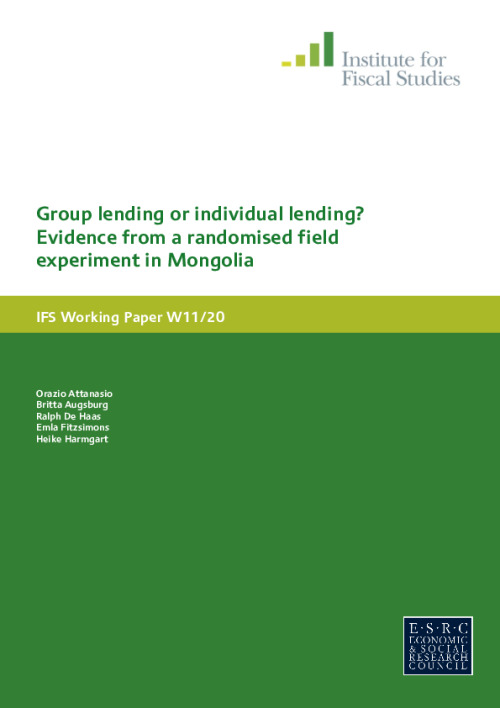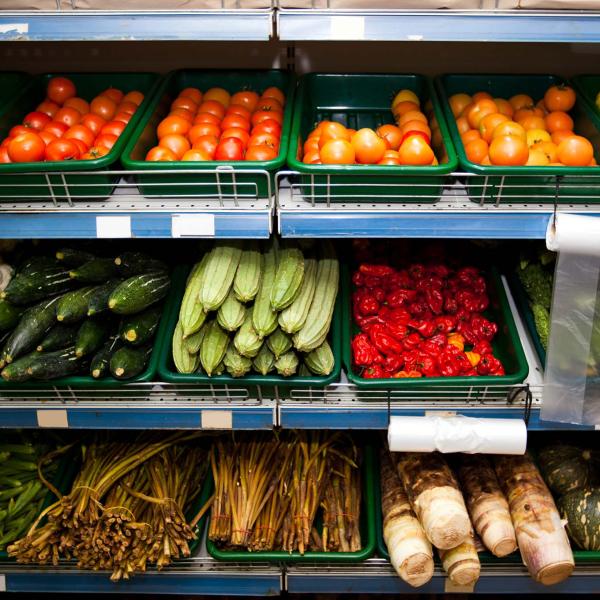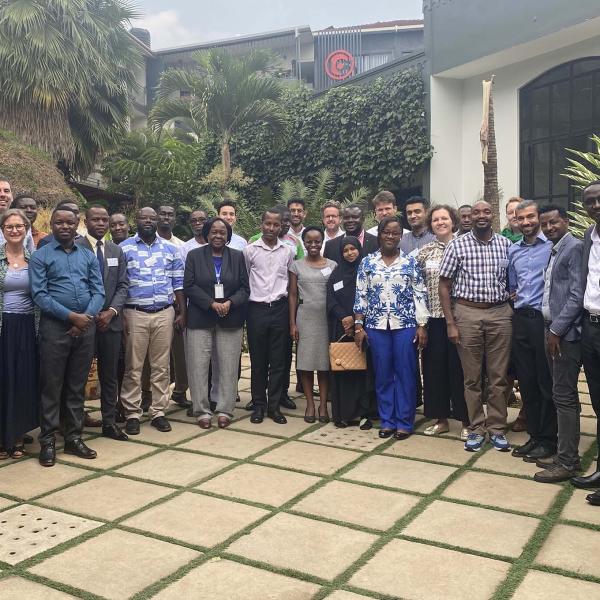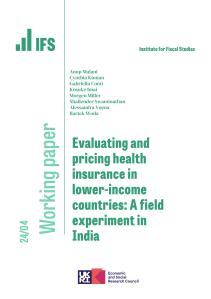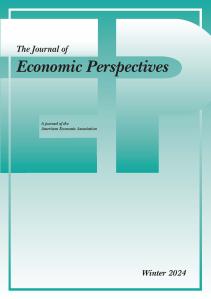Although microfinance institutions across the world are moving from group lending towards individual lending, this strategic shift is not substantiated by sufficient empirical evidence on the impact of both types of lending on borrowers. We present such evidence from a randomised field experiment in rural Mongolia. We find a positive impact of access to group loans on food consumption and entrepreneurship. Among households that were offered group loans the likelihood of owning an enterprise increases by ten per cent more than in control villages. Enterprise profits increase over time as well, particularly for the less-educated. For individual lending on the other hand, we detect no significant increase in consumption or enterprise ownership. These results are in line with theories that stress the disciplining effect of group lending: joint liability may deter borrowers from using loans for non-investment purposes. Our results on informal transfers are consistent with this hypothesis. Borrowers in group-lending villages are less likely to make informal transfers to families and friends while borrowers in individual-lending villages are more likely to do so. We find no significant difference in repayment rates between the two lending programs, neither of which entailed weekly repayment meetings.
